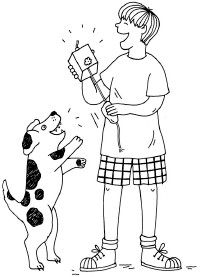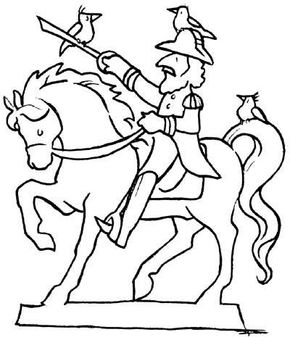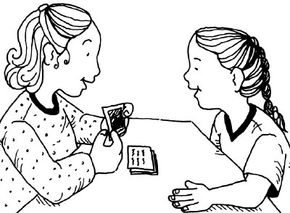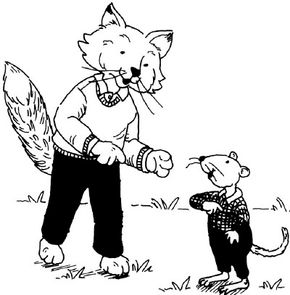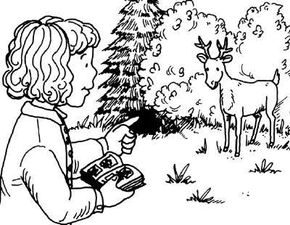If you've got a pint-sized animal lover in your life, animal activities for kids are a great way to combine a little learning and a lot of hands-on fun.
Some of the projects involve more supplies than others, but none of them have an extensive (or expensive) materials list. There's a lot you and your child can do with a few simple tools, a little imagination, and a yearning for animal adventures.
Advertisement
Follow the links below to explore lots of fun animal activities:
After doing a little background research, grab a pencil or pen and a clean sheet of paper and let your imagination run wild with a story about a favorite animal.
Create animal sounds by varying vibrations on this simple, hand-made instrument.
The name of your favorite animal is hiding in all kinds of words. Go on an animal word safari and see what turns up.
Learn the tricks the animals use to hide and spot your favorite wildlife.
You don't have to live in a jungle to see animals -- there is lots of wildlife in towns and cities, too.
Become an animal expert fast when you make these fun animal flashcards.
Animals use their keen sense of hearing to protect themselves against unfriendly visitors. You and your friends can use your own ears in this game.
Hard-Working Animals Guessing Game
How many hard-working animals can you name? Play this guessing game and find out!
Animals need homes, too. Going home-hunting is fun when you know where to look.
Ever wonder how animals who live outdoors stay warm when it's cold? Try this easy experiment to see how they do it.
Many animals only come out at night. Find out how to spot them!
This fascinating activity shows you how to take a census of the animals in your own backyard.
Quick! Run like a dog, crab, or turtle! This fun race will have you and your friends walking like your favorite animals.
All animals need water to survive. Learn how you can help give them a drink to quench their thirst.
With reference books from the library, explore the kinds of animals that live where you live -- then go out and try to find them!
This game will test your knowledge of animal names.
In this game, see if you can match up the animal with its baby animal name.
For more fun activities and crafts for kids, see:
Advertisement

